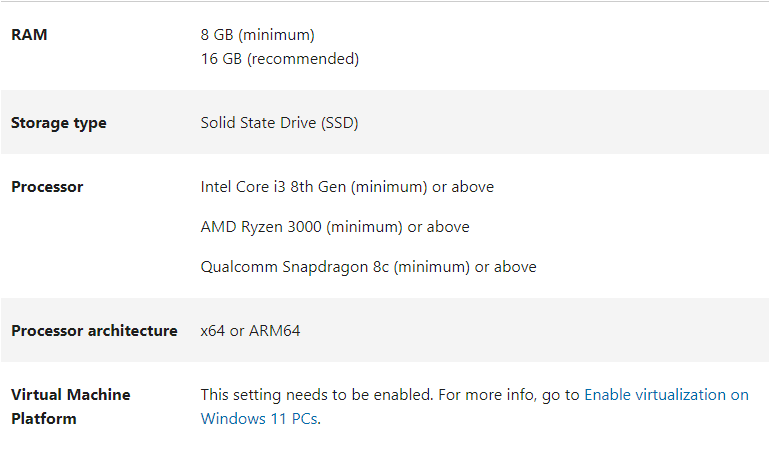This week, Microsoft has finally kept its promise and started supporting Android apps in Windows 11. But probably many users would like to know about the system needed to run Android on Windows 11 before trying it.
Android Apps Interestingly, the system needed, which is necessary for Windows 11 itself, is also higher.
Higher hardware than Windows 11
This operating system has long been waiting for Windows 11 support for Android apps because of Microsoft ads. Along with the first major update of Windows 11, it is possible to support Android apps, although it has been enabled on a limited basis for some users. Now, these drivers can make more than a thousand different apps from the AppStore Store or run APK side apps on their system. Microsoft has listed the techniques needed to run Android applications on Windows 11, introduced here.
8 GB of RAM and just run on SSD
The essential condition for running Android apps is the existence of at least 8 GB, and ideally, 16 GB of RAM plus SSD drive and virtualization enabled. The point is that Windows 11 itself needs only 4 GB of RAM to run, and it will run on the hard drive, which was not a particular prerequisite. The only essential requirement to run the Windows 11 operating system, which challenged many, was the need for relatively new payees.

Of course, it should also be noted that Android software is not natively designed to run on Windows. Naturally, running virtualization and simulation will increase the required hardware system and need at least 8 GB of RAM. Meanwhile, Android apps are designed to run on flash memory, so the usual hard disks are very slow to run these programs. These requirements are also like the beta version of Google’s Windows 11 Android game.